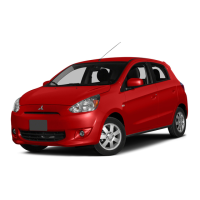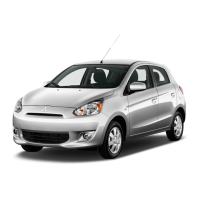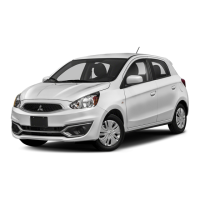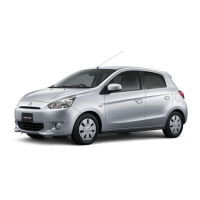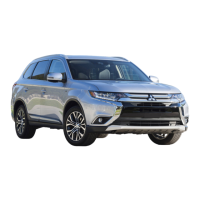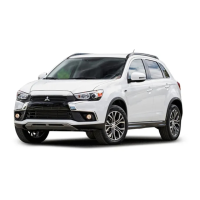specified cold pressure, or your tires will be
too low.
Check your tires each time you refuel. If one
tire looks lower than the others, check the
pressure for all of them.
You should also take the following safety pre-
cautions:
Keep your tires inflated to the recom-
mended pressures. (See the tire and load-
ing information placard attached to the
driver’s door sill.)
Stay within the recommended load limits.
Make sure that the weight of any load in
your vehicle is evenly distributed.
Drive at safe speeds.
After filling your tires to the correct pres-
sure, check them for damage and air
leaks. Be sure to reinstall the caps on the
valve stems.
N00939601466
N00939701193
The following maintenance steps are recom-
mended:
Check tire pressures regularly.
Have regular maintenance done on the
wheel balance and front and rear suspen-
sion alignment.
Rotate your tires regularly as described in
the “Tire rotation” section on page 9-17.
N00939801237
Tread wear indicators are built into the origi-
nal equipment tires on your vehicle to help
you know when your tires should be replaced.
Many states have laws requiring that you
replace your tires at this point.
These indicators are molded into the bottom
of the tread grooves and will appear when the
tire tread is worn down to 1/16 inch (1.6
mm).
When the bands appear next to one another in
two or more places, replace your tires.
Replacing tires and wheels
Avoid using different size tires from the one
listed and the combined use of different
types of tires, as this can affect driving
safety.
Refer to “Tires and wheels” on page 11-6.
If your vehicle is equipped with a tire pres-
sure monitoring system, only Mitsubishi
Motors Authorized wheels should be used.
Use of another type of wheel risks air leaks
and sensor damage, as it will not be possible
to install the tire pressure sensor properly.
Tire maintenance
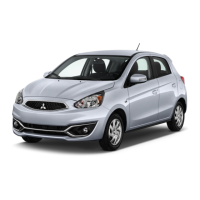
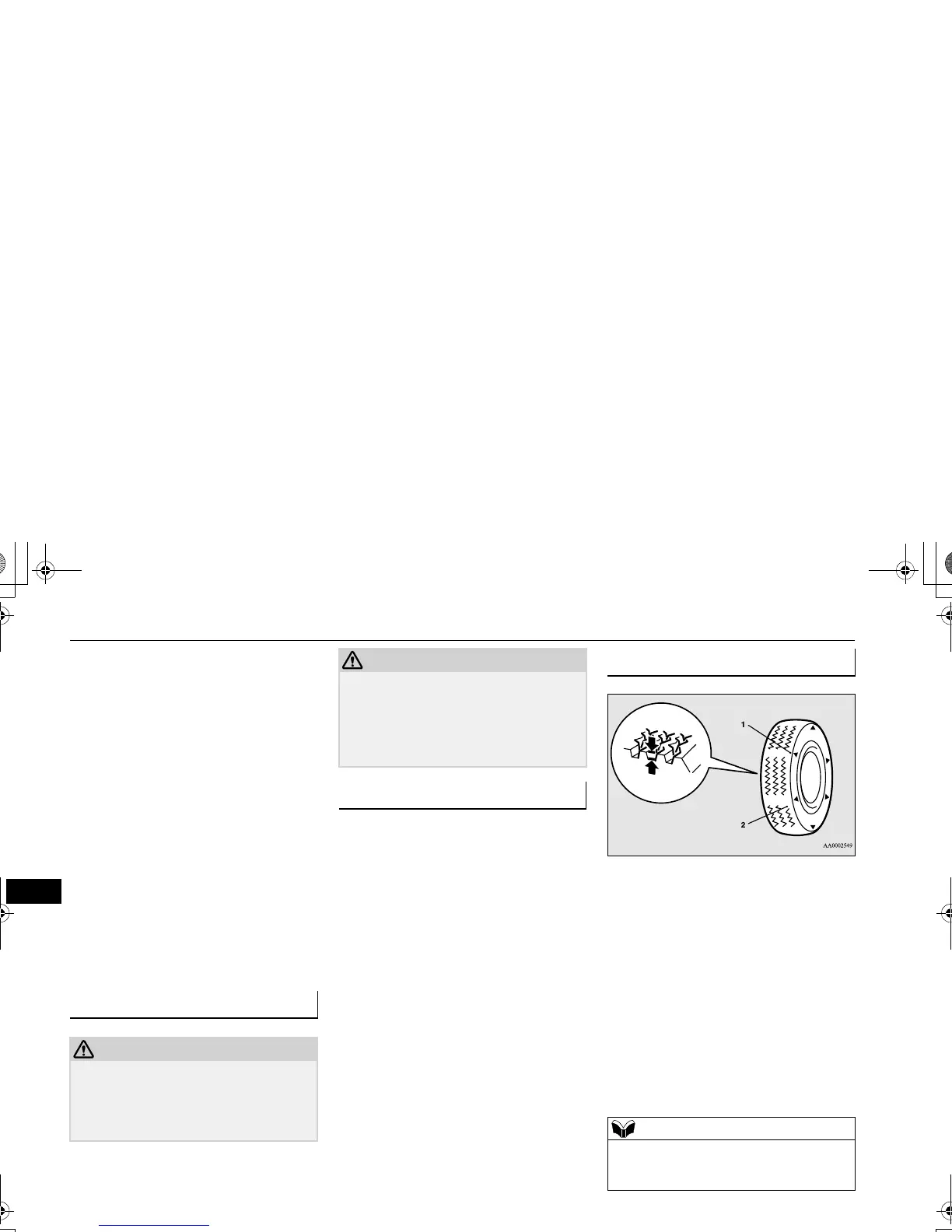